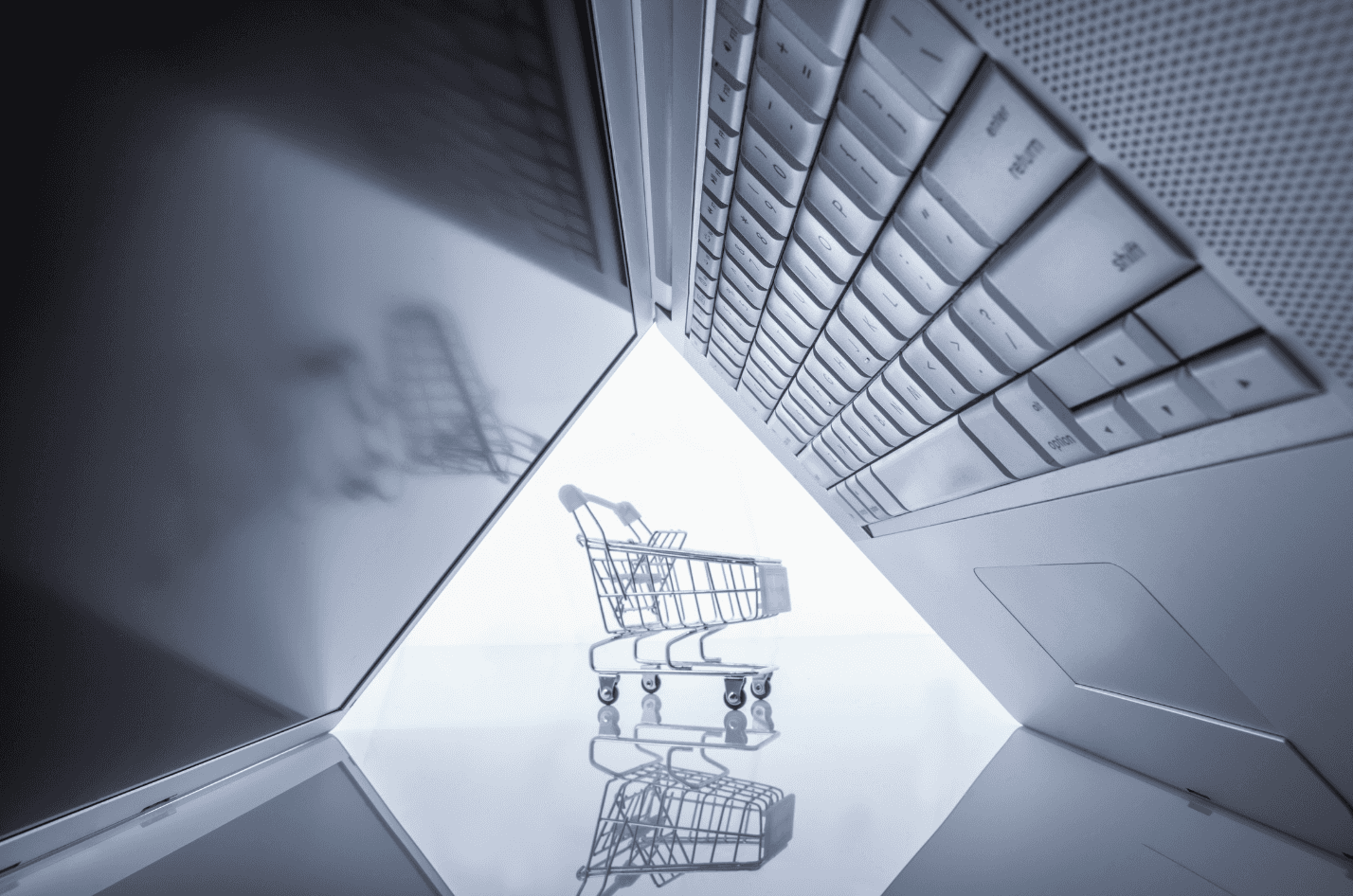
Articles
Payment Processing Trends Shaping the Future of Commerce
29.08.2024
The payment processing landscape is evolving rapidly, driven by technological advancements, changing consumer preferences, and a push for greater security and convenience. As we look ahead to 2024 and beyond, several key trends are emerging that will shape how businesses and consumers transact. Let’s explore the most significant payment processing trends to watch.
Digital Wallets and Mobile Payments Continue to Surge
One of the most prominent trends is the continued growth of digital wallets and mobile payment solutions. Consumers are increasingly reaching for their smartphones instead of physical cards or cash when making purchases. Digital wallet payments are becoming the most preferred payment method for many shoppers, both online and in-store.
Major players like Apple Pay, Google Pay, and Samsung Pay are leading the charge, but we’re also seeing the rise of bank-specific and retailer-specific digital wallets. The convenience and security offered by these solutions are driving rapid adoption.
Key benefits of digital wallets include:
- Speed and convenience of tap-to-pay transactions
- Enhanced security through tokenization and biometric authentication
- Ability to store multiple payment methods, loyalty cards, and more
- Seamless integration with e-commerce and in-app purchases
For businesses, supporting digital wallet payments is quickly becoming a necessity rather than just a nice-to-have feature. Merchants who fail to offer these options risk losing sales to more tech-savvy competitors.
Real-Time Payments Gain Momentum
The demand for faster, more efficient payment processing is driving growth in real-time payment solutions. Real-time payments enable near-instantaneous transfer of funds between accounts, 24/7/365. This trend is reshaping both consumer and business payments.
According to industry sources, the real-time payment market is expected to reach $86.89 billion by 2028, growing at a CAGR of 32% from 2022 to 2028.
This explosive growth is being fuelled by several factors:
- Consumer expectations for instant gratification in the digital age
- Business needs for improved cash flow management
- Government initiatives to modernise payment infrastructure
- Technological advancements enabling faster processing
For consumers, real-time payments mean no more waiting days for funds to clear or checks to process. For businesses, it can dramatically improve cash flow and reduce the risk of non-payment.
As real-time payment networks continue to expand globally, we can expect to see wider adoption across various use cases, from peer-to-peer transfers to business-to-business payments.
Buy Now, Pay Later (BNPL) Expands Its Reach
Buy Now, Pay Later services have exploded in popularity in recent years, and this trend shows no signs of slowing down. BNPL allows consumers to split purchases into instalment payments, often interest-free if paid within a specified timeframe.
The appeal of BNPL is clear:
- Increased purchasing power for consumers
- Potential to boost sales and average order values for merchants
- Alternative to traditional credit for those with limited credit history
Over half of retailers now offer some form of BNPL financing. While initially popular for e-commerce, we’re now seeing BNPL expand into brick-and-mortar retail and even service-based industries.
However, the rapid growth of BNPL has also raised concerns about consumer debt and regulatory scrutiny. As the market matures, we can expect to see more oversight and potentially new regulations to protect consumers.
Contactless Payments Become the Norm
The COVID-19 pandemic accelerated the adoption of contactless payment methods, and this shift is likely to persist. Contactless payments offer a hygienic, fast, and convenient way to transact.
Key developments in contactless payments include:
- Widespread adoption of NFC-enabled credit and debit cards
- Growth of mobile wallet usage for tap-to-pay transactions
- Expansion of contactless payment limits by card issuers
- Implementation of contactless payment options in public transit and other sectors
Research indicates that contactless payment transactions will grow to more than $10 trillion by 2027. This trend is driving innovation in payment terminal technology and encouraging merchants to upgrade their point-of-sale systems to support contactless payments.
Artificial Intelligence Enhances Fraud Detection and Prevention
As payment processing becomes increasingly digital, the risk of fraud also rises. Artificial intelligence and machine learning are playing a crucial role in combating this threat. AI-powered fraud detection systems can analyse vast amounts of transaction data in real-time, identifying suspicious patterns and flagging potentially fraudulent activity.
Benefits of AI in payment fraud prevention include:
- Improved accuracy in detecting genuine vs. fraudulent transactions
- Ability to adapt to new and evolving fraud tactics
- Reduced false positives, minimising disruption to legitimate transactions
- Enhanced customer experience through smoother authentication processes
We can expect to see continued investment in AI and machine learning technologies by payment processors, banks, and merchants to stay ahead of sophisticated fraudsters.
Biometric Authentication Strengthens Security
As concerns about data security and identity theft grow, biometric authentication is becoming increasingly important in payment processing. Fingerprint scans, facial recognition, and even voice recognition are being integrated into payment systems to enhance security and streamline the user experience.
Biometric authentication offers several advantages:
- Improved security compared to traditional passwords or PINs
- Faster and more convenient user experience
- Reduced risk of identity theft and fraud
- Potential for seamless multi-factor authentication
The global contactless biometrics technology market is projected to reach $18.6 billion by 2026, highlighting the growing importance of this technology in payment processing.
Embracing the Future of Payments
The payment processing landscape is evolving at a rapid pace, driven by technological innovation, changing consumer expectations, and the need for greater security and efficiency. Businesses that stay ahead of these trends and adapt their payment strategies accordingly will be well-positioned to thrive in the digital economy.
By staying informed and adaptable, businesses can navigate the changing payment landscape and provide their customers with secure, convenient, and innovative payment experiences.
The Currenxie Advantage
Currenxie provides businesses with a comprehensive solution that addresses many of the key trends shaping the future of payment processing, enabling companies to operate efficiently in the global digital economy. Thousands of global businesses trust us to collect and transfer billions of dollars every year, while boosting their profits and saving them time.
To access our vast global network and get started, apply for a Global Account today.

